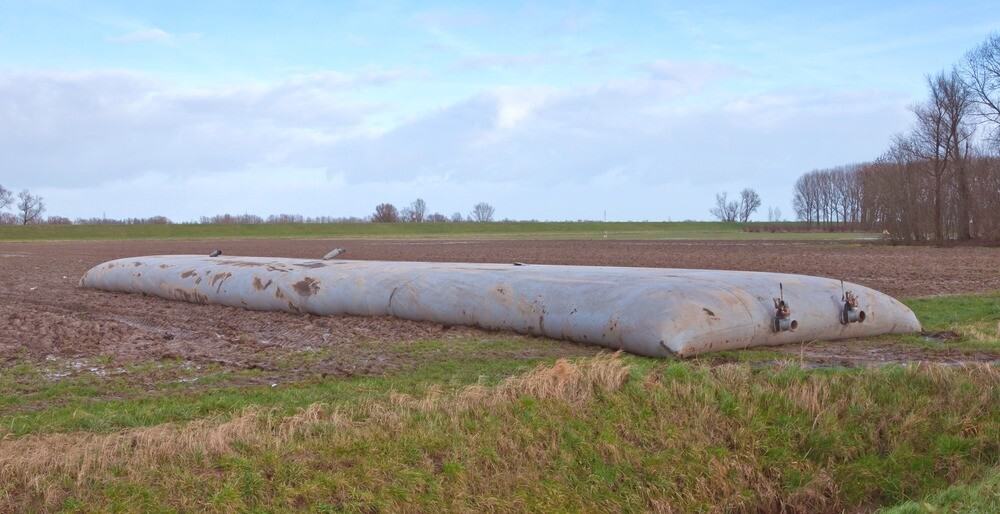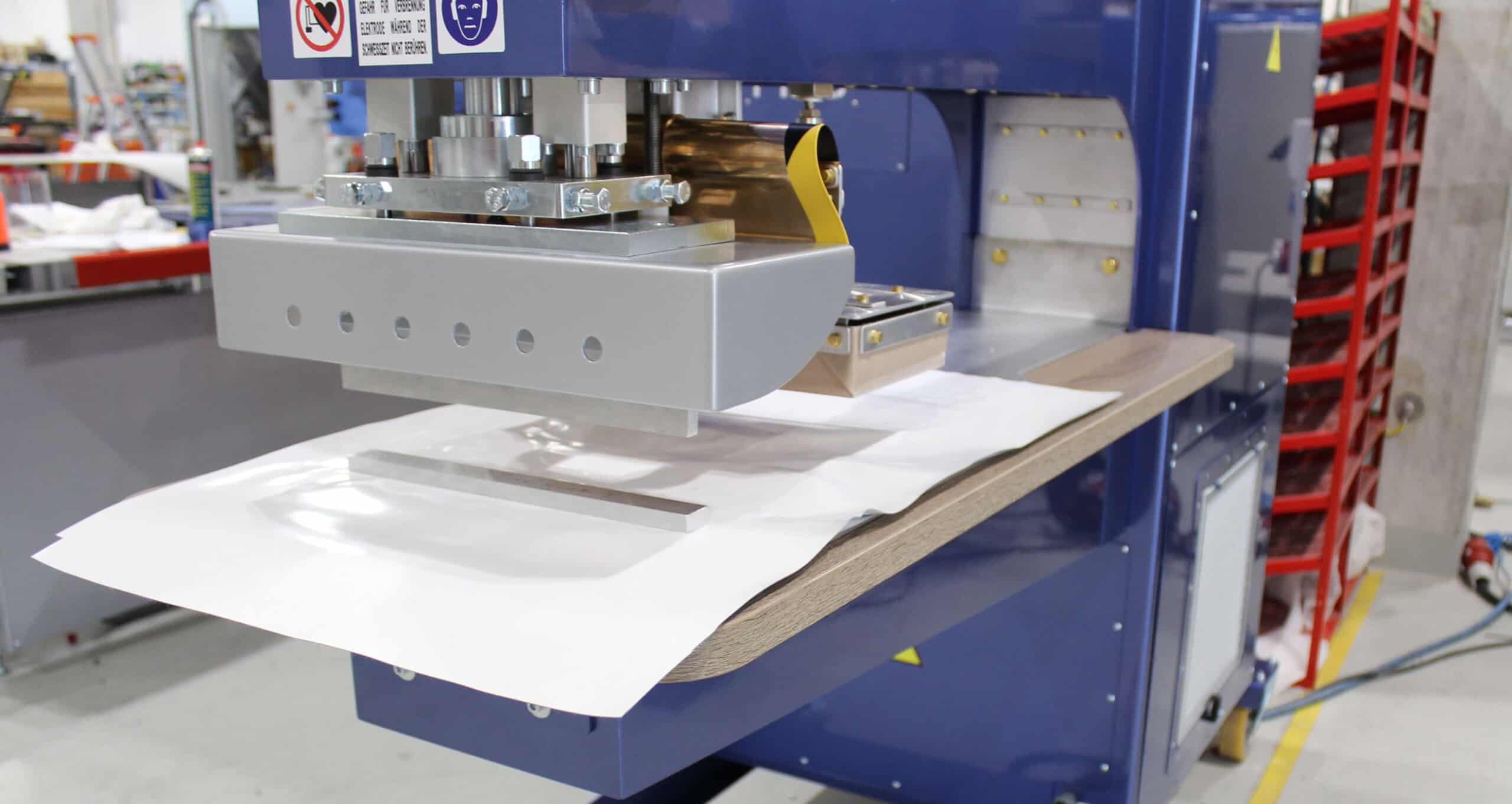Warum die genaue Berechnung der Flexitank-Kapazität so wichtig ist
Flexible Storage Tanks, International Standards, Sustainability, WeldingDec 5, 2019
Successful flexitank manufacturing involves a lot of parameters, some less obvious than others. Quality aspects for flexible storage tanks run the gamut, from materials selection, chemical compatibility and strength considerations to safety, economic and environmental sustainability.
This article focuses on the importance of accurate flexitank capacity calculation, and its potential implications on safe and efficient flexitank usage.
Calculating Flexitank Capacity
A convenient formula used for calculating flexitank capacity is:
loading weight (in kg) = capacity of flexitank (in L) × density of the stored liquid (in kg per L)
Depending on the method of liquid transfer and loading conditions, it is possible to know either the flexitank’s volumetric capacity (eg in case of using a positive displacement pump or a flow meter) or the loading weight (eg in case of filling on a load cell platform). The density of the stored liquid is considered a known and is a convenient 1kg/L in case water is used in ambient room temperature. Given the liquid’s density, and either the content volume or weight, the formula can then be solved to calculate the capacity in kg or L respectively.
Why it matters
Structural Reliability & Protection of the Environment
Accurate volume calculation is important for spill containment and ensuring a flexitank’s structural reliability. Flexitanks must be filled to the correct capacity and tolerance, according to the manufacturer’s specifications. In general, pumps and gravitational flow fill up the tanks. Overfilling above the nominal volume can result in spills, leaks, and even rupture the tank. This, of course, means complete flexitank structural failure, and release of potentially harmful chemicals to the environment.
Protecting Valuable Content
Flexitanks can be used to house a wide variety of valuable liquids. These include liquid fuels (eg. gasoline, diesel, and oil), water (eg. potable water, irrigation water, well water), food-grade liquids or ingredients (eg. milk, juices, wines, fructose syrup, edible oils), and industrial chemicals (eg. liquid detergents, fertilizers, liquid latex, lubricants). Many of these materials are of high monetary value. Therefore, an accurate volume calculation is one of the primary concerns for flexitank users. In fact, the more valuable the liquid stored, the more important the accuracy of flexitank storage volume calculation.
Informing Flexitank Design Considerations
The capacity of a flexitank highly influences the manufacturing design and material selection. Higher flexitank capacities result in increased fabric tensile strength. Thus, according to their capacity, manufacturers have to use base fabrics with the required strength for reliable tanks. This will also affect the inner and outer coatings’ weight and adhesion properties.
Calculating capacity for potable water
When planning the size of your flexitank, the type of liquid and the strength of the material must be taken into account, as stated above.
However, when dealing with drinking water – also called potable water – the process is slightly different. Firstly, the membrane fabric that you use must have the approval of an external international authority, such as NSF 61 or WRAS. Secondly, you need to make sure that the size of the flexitanks will fit the parameters of their approval.
When it comes to storing drinking water, engineers must be aware of the exposure ratio of the water to the membrane. As part of the approval process, the external authority will determine the minimum ratio for the water’s exposure to the membrane.
For example, a customer might want to build a 500-gallon flexitank, however, the membrane they are using might only be approved for an exposure ratio of 50,000 liters.
When constructing a flexitank for drinking water, it is important to factor in these limitations.
Your Flexitank Strategic Partner
Issues related to volume calculation are a common reason for flexitank failure. Whether you are under pressure to find a solution for a specific flexitank issue, searching for a new supplier, or just want to know more about how to improve your flexitanks quality, Erez can offer you the support you need. Request an Expert Review with an Erez industry specialist, to discover how you can benefit from our know-how and experience.
Diesen Beitrag teilen





